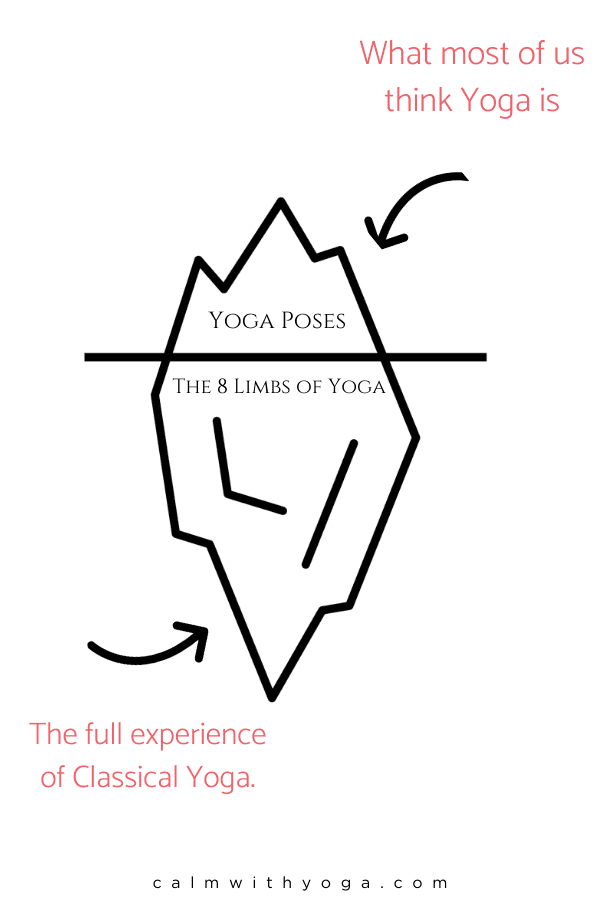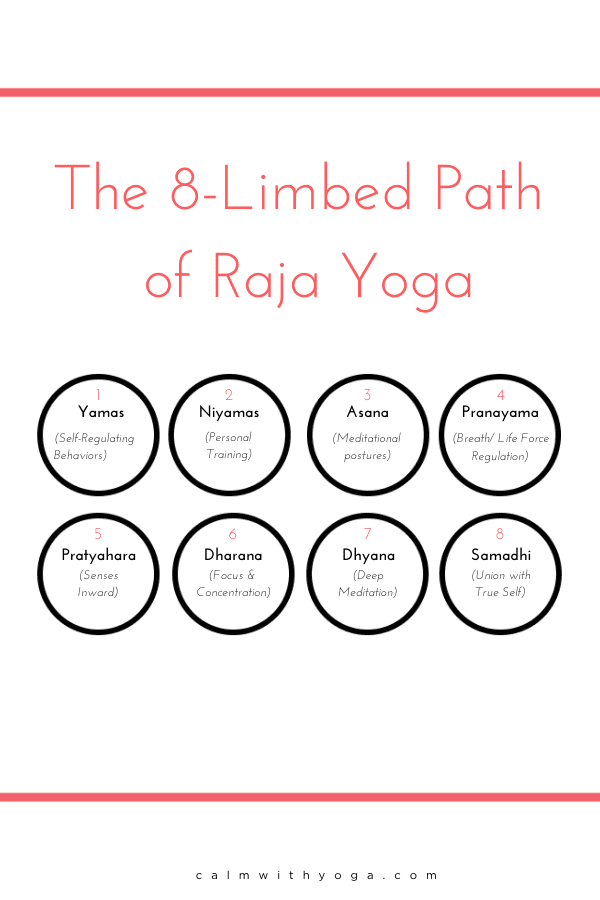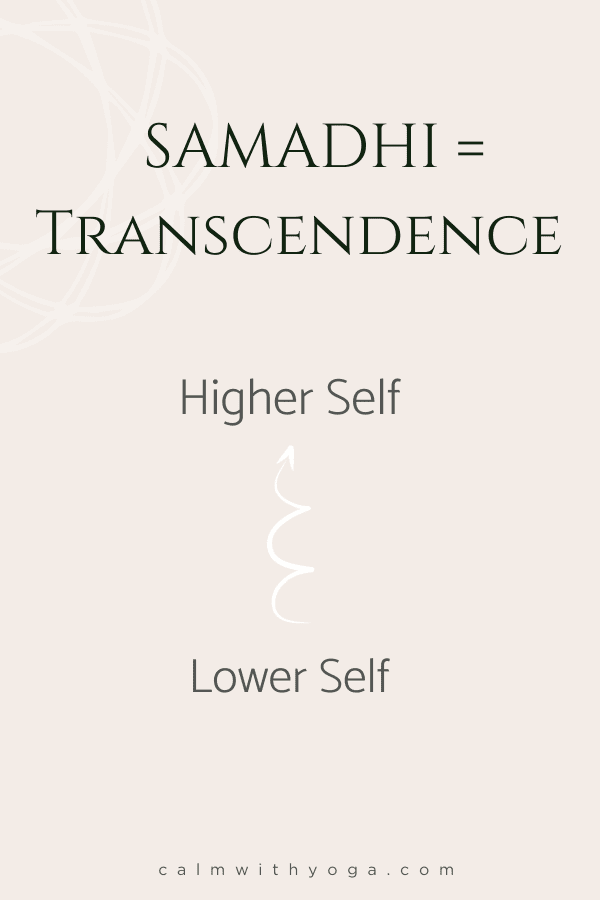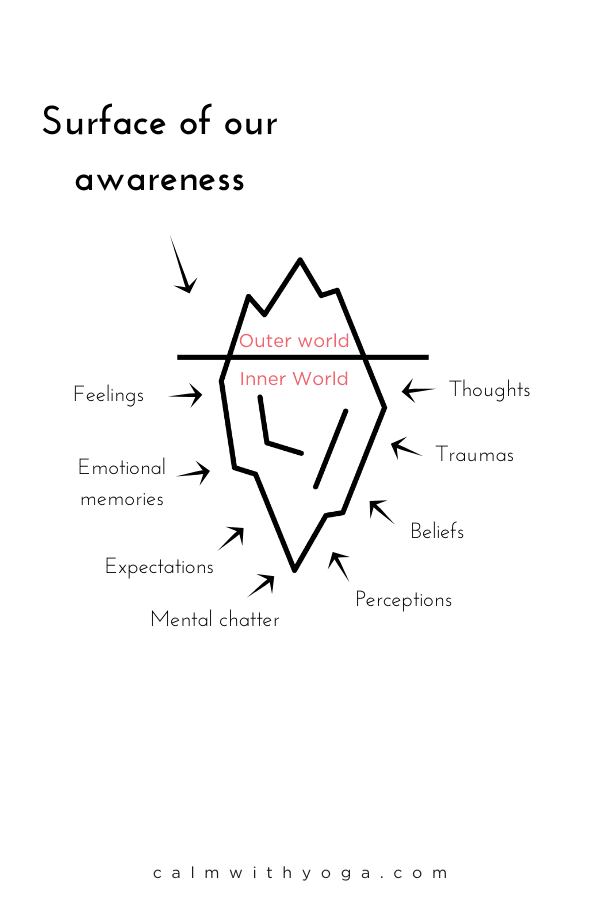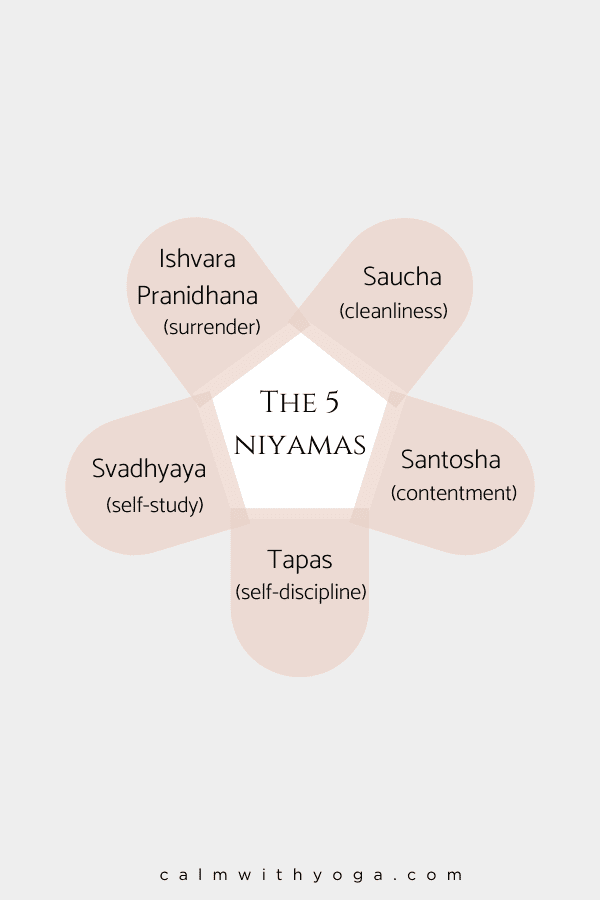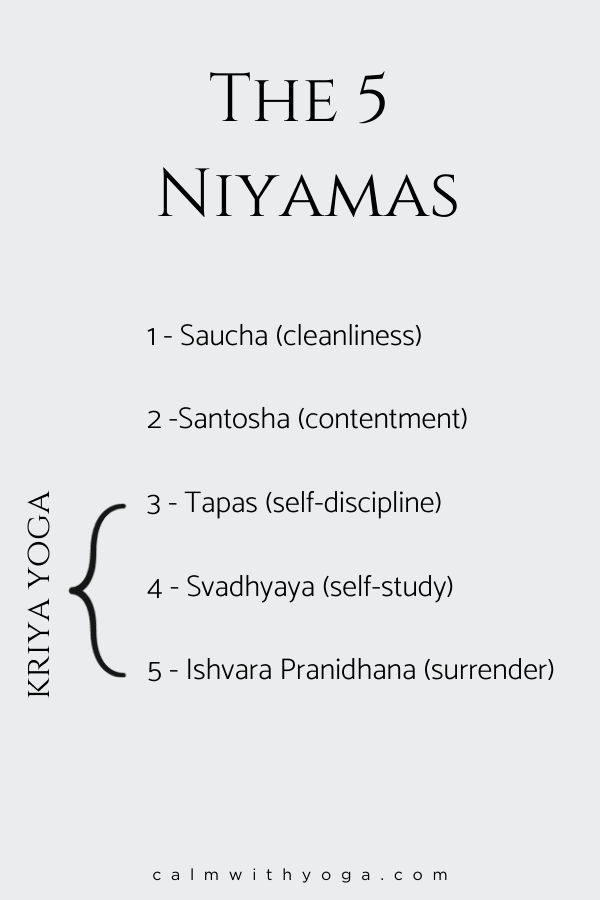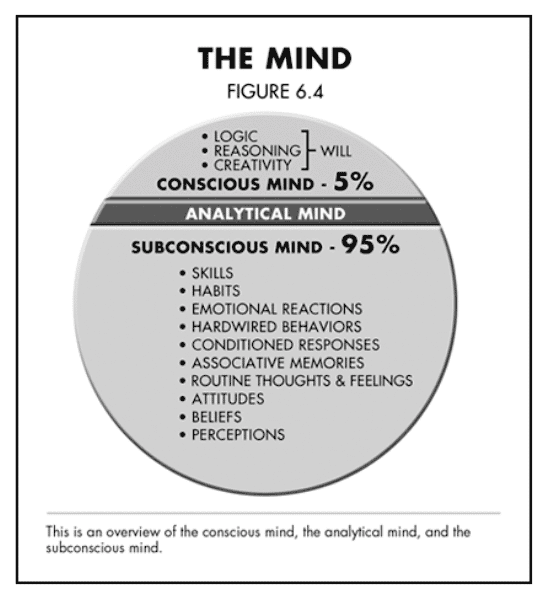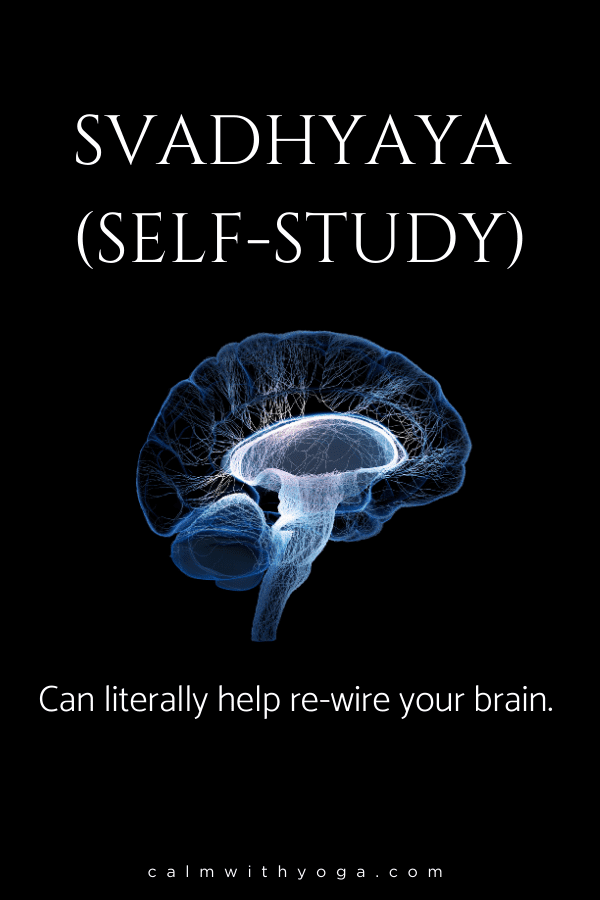through the Self, to the Self. – The Bhagavad Gita But the poses are just the ‘tip of the iceberg’:
According to Raja Yoga (mental yoga) and the Yoga Sutras of Patanjali (one of the most authoritative texts on Classical Yoga), the majority of Yoga actually takes place off the mat because asana practice is only ⅛ of the big picture:
The word ‘Yoga’ comes from the Sanskrit root ‘yuj’ which literally means ‘to yoke’ (to attach). ‘Yoga’ means union. The objective of Yoga is to move towards the unification of your mind, emotions, body, and spirit. A true yogi is one who goes inward in order to transform themselves into the best version they can be. In order to achieve this, the sage Patanjali outlined an eight-step system that is commonly known as ‘The 8 Limbs of Yoga‘: 1 – Yamas (self-regulating behaviors) 2- Niyamas – (personal observances) 3- Asana (meditational postures) 4- Pranayama (regulation of vital energy) 5- Pratyahara (turning the senses inward) 6 – Dharana (sustained focus) 7- Dhyana (meditation) 8- Samadhi (union with the true self/true nature and transcendence of the lower self)
Let’s define the lower self and higher self: Lower Self:
Lives in a fear-based survival reality Chooses comfort, safety, and the familiarity of the known Believes it is separate from others and the external world Operates from instinct instead of intuition Is reactive and impulsive Operates from either the past or the future
Higher Self:
Lives in inspiration and an appreciation-based reality Chooses growth, learning, and healing over comfort and safety Knows that it forms part of a greater whole and is interconnected with the world Operates from intuition and insight instead of instinct and impulse Is responsive and mindful Operates from the present moment
The ultimate goal of yoga practice (Samadhi) is to make the jump to higher spaces of consciousness. In order to transcend from the lower self to the higher self, we must first become familiar with our inner world. We must first become familiar with our mental chatter and knee-jerk reactions. We must learn how to “look underneath the hood.”
This is also a form of yoga practice and it’s called Svadhyaya…
What does Svadhyaya mean?
In Yoga philosophy, Svadhyaya is the practice of: – self-study – self-awareness – self-knowledge – self-reflection – self-examination Traditionally, another form of Svadhyaya practice involves the study of sacred texts such as the Bhagavad Gita, the Hatha Yoga Pradipika, the Upanishads, the Rig Veda, and the Yoga Sutras. Svadhyaya is the fourth Niyama in Patanjali’s Yoga Sutras.
What are the 5 Niyamas?
The Niyamas are the second limb of Patanjali’s system for mental and emotional transformation. They’re comprised of five distinct personal observances that build inner strength and resolve when practiced in daily life. According to Patanjali, Svadhyaya, along with Tapas (self-discipline through challenge and pain) and Ishvara Pranidhana (surrender to a higher power), constitute Kriya Yoga (the Yoga of Action): – Yoga Sutra 2.1
Svadhyaya definition:
Using Svadhyaya to heal our history:
How do we begin practicing Svadhyaya? Education is the drawing out of the best that is within a person. Svadhyaya, therefore, is the education of the self. The person practicing svadhyaya reads his own book of life, at the same time that he writes and revises it. There is a change in his outlook on life. He starts to realize… that there is divinity within himself, and that the energy which moves him is the same that moves the entire universe. – B.K.S. Iyengar, Yoga Teacher & Author of “Light on Yoga” Where do we start? As Iyengar mentioned above: What he means by ‘reading your own book of life’ is studying your history by:
- Reviewing and assessing the events and experiences that led you here, now.
- Reviewing and assessing the stories and beliefs you’ve unconsciously made up about what happened based on your perceptions and perspective. (What have you made it all mean?) Much of what’s contained in our ‘book of life’ remains hidden from our conscious awareness. Like the majority of an iceberg hidden from view underwater, the majority of the information from the pages of our ‘book of life’ is being processed by your unconscious mind. According to neuroscientist Dr. Joe Dispenza, our conscious and analytical mind only accounts for 5%, while our subconscious mind processes the remaining 95%: Svadhyaya helps us uncover this hidden information so we can process it with our mindful, present awareness.
How practicing Svadhyaya can rewire your brain:
The ancient practice of Svadhyaya has withstood the test of time, though in modern psychology circles it’s known as metacognition today. – Dr. Daniel Siegel, M.D., “Mindsight: The New Science of Personal Transformation” Metacognition literally means “thinking about thinking” and is the practice of becoming aware of one’s own thought processes. According to psychiatrist and mindfulness researcher Dr. Dan Siegel, when we make a daily habit out of practicing focused Svadhyaya we change our mind and brain for the better because the practice activates brain circuits that create emotional resilience and well-being. Self-study and mindfulness together help to override our knee-jerk emotional reactions while also strengthening the function of our frontal cortex – the part of the brain that oversees higher thinking and metacognition. When this happens we experience an increase in creativity and inspiration and we’re able to connect more intensely to our higher mind and higher self. It can be said that Svadhyaya and mindfulness are two ways to describe the same thing – mental training.
Self-Inquiry: Practicing Svadhyaya in daily life by asking quality questions
So how do we implement all of this to practice Svadhyaya every day? It teaches self-observation,” says Dr. Siegel. – Tony Robbins The truth is that every moment offers us an opportunity to observe and reflect on our own minds. The easiest way to begin practicing is to get in the habit of asking yourself quality questions throughout your day. Here are some questions to get you started:
How do I feel about this? Is this what I really want? Is this what I really want to do? Is this what I really want to say? Is this going to take me where I want to go? Do I have any attachment to the outcome? How do I want to feel? What’s another way to look at this?
Start asking yourself these questions daily – multiple times a day and pause to listen to the answers. Start invoking the Observer and the Witness within you and see what happens.
